Aberdeen face a two-legged tie at the end of August to secure their place in next season’s Europa League group stage – and here’s the lowdown on sides who could, maybe, potentially be their play-off opponents.
Barry Robson’s side must wait until the Europa League play-off draw on Monday, August 7, to find out who they will meet home and away (or away then home) on Thursday, August 24 and Thursday, August 31.
Only one potential opponent has actually been confirmed as being in the play-off draw at this stage, with the rest of the teams in the draw to be set in stone by results in Champions League qualifying and an earlier (third) round of Europa League qualifying in July/earlier in August.
However, thanks to the experts on Uefa’s qualification processes, including Twitter’s excellent @UefaRankings, we have a rough idea of the other sides projected as being most likely to progress to the play-0ff draw’s priority three and four pots – and therefore be pulled out of the hat to play the Reds.
Here are the details on 17 clubs, and the journey they will have to take to be in the draw to square off with Aberdeen for the reward of a Europa League group stage place.
NOTE: The clubs below are listed in descending order by their Uefa club coefficient rating, so the most accomplished prospective play-off round rivals – with regards recent European competition – are at the top, with the “easiest” at the bottom.
Slavia Prague (Czech Republic)
Slavia Prague, on the surface at least, look to be one of the most challenging propositions the Dons could draw in the play-off round.
They will go straight into the Europa League’s third qualifying round as a seeded side, where they are expected to meet either Panathinaikos (Greece), Genk (Belgium) or Dnipro-1 (Ukraine) – three “main path” sides projected to drop down from the second qualifying round of the Champions League.
Slavia only lost out on the Czech title to city rivals Sparta due to having earned two less points in the regular pre-“Championship round” season, with the Prague teams having finished level on points overall. And Slavia also won the Czech Cup in 2022/23, having played in last term’s Conference League group stage as well.
Should they win their third qualifying round tie, Slavia will go into priority pot four for the play-off round draw – setting them on a potential collision course with Aberdeen.
Olympiacos (Greece)
Greece’s third-placed side in 2022-23, Olympiacos are the other seeded team for the Europa League third qualifying round and, like Slavia Prague, look like they might complete priority pot four for the play-off round draw (which already contains Swiss side Lugano – more on them below).
Olympiacos – who made it into the Europa League groups last term – are expected to take on Genk, Dnipro-1, or another Swiss team, Servette (also on the “main path” and projected to drop out of Champions League qualifying in round two), for a place in the play-off round.
Former Arsenal defender Sokratis and former France midfielder Yann M’Vila were part of a squad packed with experienced internationals at the 47-time Greek champions last season.
Genk (Belgium)
Genk missed out on the Belgian Pro League title by one point on the final day of 2022-23 action, having headed the table going into the play-off part of their campaign.
Ghanaian international Joseph Paintsil scored 12 goals from attacking midfield during the season, for a team who will begin their Euro quest in the second qualifying round of the Champions League, but, who could (as noted) end up playing Slavia Prague or Olympiacos for a place in pot four for the Europa League play-off round draw, where they could be paired with Aberdeen.
Astana (Kazakhstan)
Astana are the highest-ranked of 10 “champions path” sides projected to drop out at the second round of Champions League qualifying, who would then meet across five ties in the third round of Europa League qualifying for a chance to progress to the play-off round draw.
The subsequent five third-round tie winners will go into the priority three pot for the play-offs, with three of those teams set to be drawn against the remaining teams from pot one (those not drawn against pot-four teams like, potentially, Olympiacos) – the pot the Dons will be in.
Remember this, because it also applies to the next eight clubs listed.
Astana won the Kazakh top-flight in 2022 – the Eurasian nation have a summer season – and are leading the way again in 2023. They will begin their Champions League bid in the first qualifying round.
Croatian midfielder Marin Tomasov netted 15 times (all comps) for them last year, with regular Kazakh national team striker Abat Aymbetov bagging 10 goals.
Europa League group stage regulars in years gone by – beating Manchester United at home in 2019 – Astana have previously made it through to the knock-out stages of the competition.
Maccabi Haifa (Israel)
The Israeli champions will also begin their European journey in the first round of Champions League qualification – having made it all the way to the UCL groups last term, where they were in a pool with Benfica, Paris Saint-Germain and Juventus, beating Juve 2-0 in Israel.
Their squad is peppered with Israeli internationals, and bolstered by the likes of Haiti forward Frantzdy Pierrot and Suriname midfielder Tjaronn Chery.
Zalgiris Vilnius (Lithuania)
A team who Aberdeen lost 3-1 to at Pittodrie in 1996/97 Uefa Cup qualifying, Zalgiris won the Lithuanian top-flight (another summer season) in 2022 by 21 points, scoring 85 goals, conceding just 27 over 36 matches and losing just four times to claim their place in the first round of Champions League qualifying.
Their goalkeeper Edvinas Gertmonas was rewarded with the Lithuanian player of the year prize for the side’s meanness at the back, but Brazilian striker Renan Oliveira left the club after claiming the league’s golden boot.
In the 2023 season so far, Zalgiris have already lost three matches to sit third in A Lyga.
Zalgiris tasted European group stage action for the first time last term when they reached the Conference League groups – and will be hungry for the experience again.
HJK Helsinki (Finland)
HJK pipped KuPS to the Finnish title and Champions League first round qualifying place last year (another summer season) by a point, and are third after 11 games so far in 2023.
Their mainly homegrown squad includes now-retired Finland veteran Joona Toivio – who played against Aberdeen in Europa League qualifying for Swedish side BK Hacken in 2021.
Flora Tallinn (Estonia)
Flora won the Meistriliiga by 18 points in 2022 to secure their place in the first round of Champions League qualifying. They did it in style, too – scoring 94 goals in 36 league matches and conceding just 21.
Their 13-goal attacking midfielder Konstantin Vassiljev (38 years old and capped 150 times by his country) was named Estonia’s player of the year.
Striker Rauno Alliku netted 12, and Martin Miller (11 goals), Danil Kuraksin (10) and 100-cap Sergei Zenjov (also 10) – all Estonian and internationals – were also near the top of the league’s hit-list.
In fact, Flora’s entire squad are Estonian, with several more national team regulars.
They are top of the tree in the Meistriliiga again this year, with 12 victories from their opening 15 matches.
Flora’s Lilleküla Stadium has an artifical surface and a decent capacity at 14,336.
Shamrock Rovers (Ireland)
Rovers won the League of Ireland last year to land a Champions League first round qualifying berth, and are at the summit again this year.
Graham Burke and Rory Gaffney are their main men upfront, with long-time St Johnstone man Alan Mannus in goal.
The south Dublin side are experienced in the early rounds of Europe, and have previously qualified for the Europa League groups, making the Conference League groups last season.
The New Saints (Wales)
TNS finished 22 points clear in the Welsh league’s recently-concluded 2022/23 season, led by 26-goal former Aberdeen youth academy striker Declan McManus.
The side, made famous by Jeff Stelling’s famous Sky Sports Soccer Saturday quip, are actually based in Shropshire, England, and have never made the group stage of any European competition.
Olimpija Ljubljana (Slovenia)
Playing at the 16,038-capacity Stozice Stadium in Slovenia’s capital, Olimpija were 16 points clear in their recent PrvaLiga title win – two places ahead of former Dons foes Maribor – despite not being overly prolific in front of goal.
It was a campaign where they also claimed the Slovenian Cup, so they were obviously doing something right.
There aren’t too many stand-out individual names among their squad, though.
Olimpija are another side who have never reached the group stages of Continental competition, but, depending on how they get on in Champions League/Europa League qualifying, they may end up meeting Aberdeen to change this.
Zrinjski Mostar (Bosnia)
The Bosnian champions are the penultimate team on the “champions path” whose results in European qualifying could see them meet Aberdeen in a Europa League groups play-off showdown (Aris Limassol are the last).
Zrinjski are a former side of Ballon d’Or winner Luka Modric.
But, despite this pedigree they, too, have never tasted group football in Europe.
Still, their 2022/23 Premier League title was a record, with the league success and accompanying Bosnia and Herzegovina Cup win spearheaded by striker (and captain) Nemanja Bilbija’s 29 goals in all competitions – bringing the 32-year-old’s career tally up to 174 counters.
Dnipro-1 (Ukraine)
Before we get into Dnipro (a slightly different Dnipro to the one Aberdeen fans know from the last time the Dons qualified for the European groups…), it is worth pointing out this is where the Reds would land in terms of their current Uefa club coefficient ranking – joint 13th on this list of potential play-off opponents.
The old Dnipro – the team Darren Mackie headed home against to secure Aberdeen’s last European groups campaign in the 2007/08 Uefa Cup – are no more due to financial problems, with Dnipro-1 being formed as a phoenix club for the 2017/18 season.
A second-placed finish in the 2022/23 Ukrainian Premier League qualified Dnipro-1 for the Champions League second qualifying round. As mentioned, this route, depending on their results, could see them meet Slavia Prague or Olympiacos and find their way into the Europa League play-off draw’s priority pot four with a chance to face the Reds.
Forward Artem Dovbyk, 25, is unquestionably their danger-man, and scored at Hampden against Scotland in the qualifying play-off for the 2022 World Cup – ending the Dark Blues major tournament bid.
Servette (Switzerland)
The Swiss second-placed club Servette are in the same boat to Dnipro-1 – in the Champions League second qualifying round and, depending how they fare, on a path which potentially could take them to the Europa League play-off round draw (again, priority pot four) via a third-round tie against Olympiacos or Slavia Prague.
Servette, who play their games in a 30,000-seater stadium – Stade de Genève, were quite a distance behind champions Young Boys last term.
Founded in 1890, Servette have had plenty of domestic success in their history, but only returned to the top level in Switzerland – and stability – relatively recently.
Former Manchester City and Arsenal defender Gael Clichy has been on the club’s books the past two seasons.
Lugano (Switzerland)
Lugano are the only team on this list actually confirmed as being in the Europa League play-off round – having landed a slot in priority pot four for the draw after finishing third – a place behind Servette – in the Swiss top-flight.
Europa League group qualifiers twice in the past decade, they are captained by veteran Uruguayan midfielder Jonathan Sabbatini, who plays in the middle of the park alongside Ousmane Doumbia – brother of ex-Ivory Coast striker Seydou.
Lugano also have ex-Bayern Munich, Nice and Juventus youngsters in their squad.
Panathinaikos (Greece)
Another Greek side Panathinaikos, as detailed above, will begin their European bid in the second qualifying round of the Champions League, having finished runners-up in the Greek Super League in 2022/23.
The defeated 1971 European Cup finalists might have a poor club coefficient rating, but their squad is possibly the strongest, or at least most experienced on this list.
It features Slovenian international winger Benjamin Verbic and striker Andraz Sporar, former Zenit Saint Petersburg goalkeeper Yuri Lodygin, and ex-Everton midfielder (and Brazil international) Bernard.
Aris Limassol (Cyprus)
With the lowest Uefa club coefficient of Aberdeen’s projected potential Europa League play-off rivals, Aris Limassol overhauled APOEL and AEK Larnaca in the Championship section of the 2022/23 Cypriot First Division to secure a place in the Champions League’s second qualifying round.
Their star man is ex-Dynamo Moscow and Zenit striker Aleksandr Kokorin – a 48-cap former Russian international and the top scorer in Cyprus during the campaign just closed.
They also have Swede Leo Bengtsson in their ranks – who is another ex-BK Hacken player who played in their Europa League qualifying tie against the Dons in 2021.
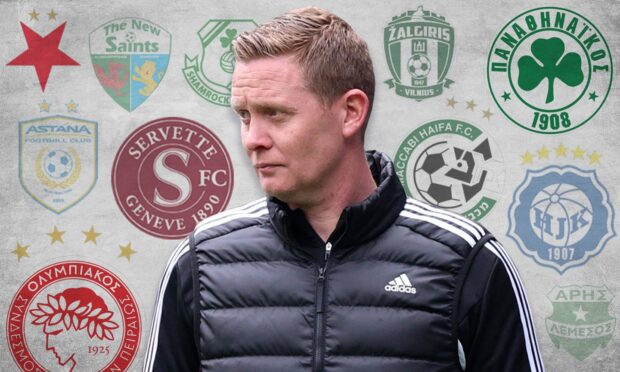
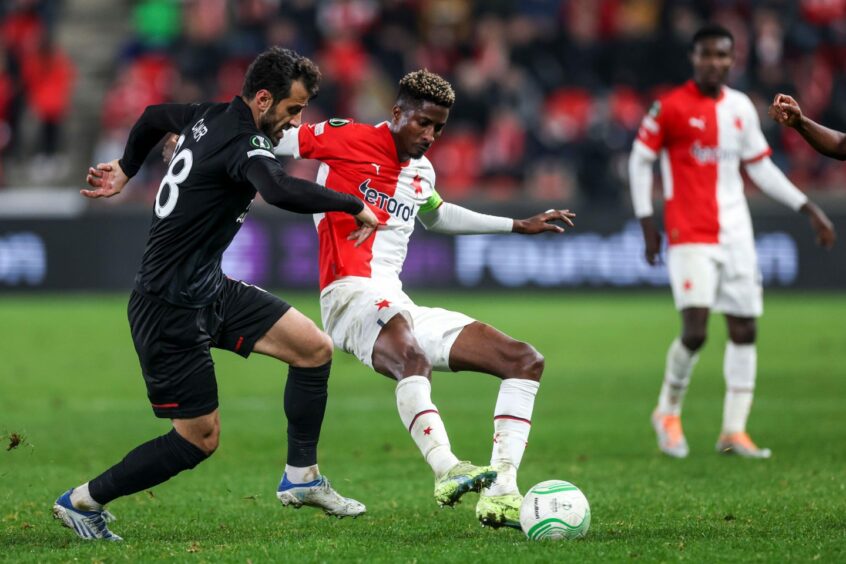
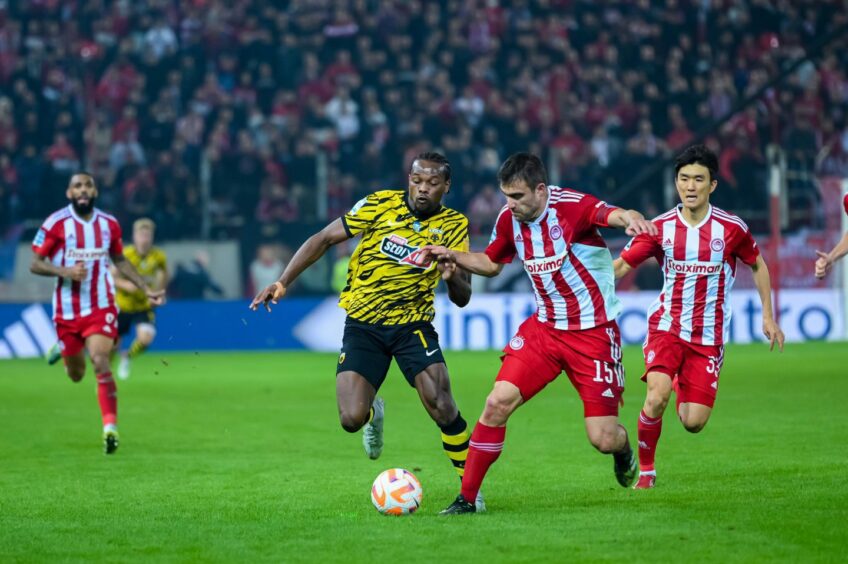
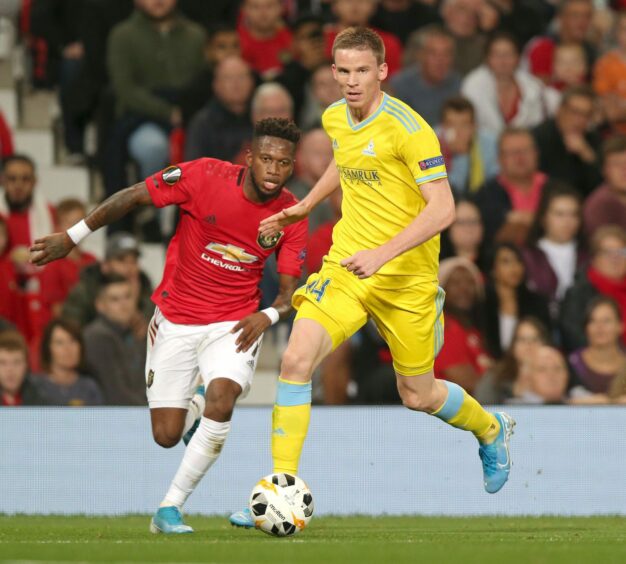
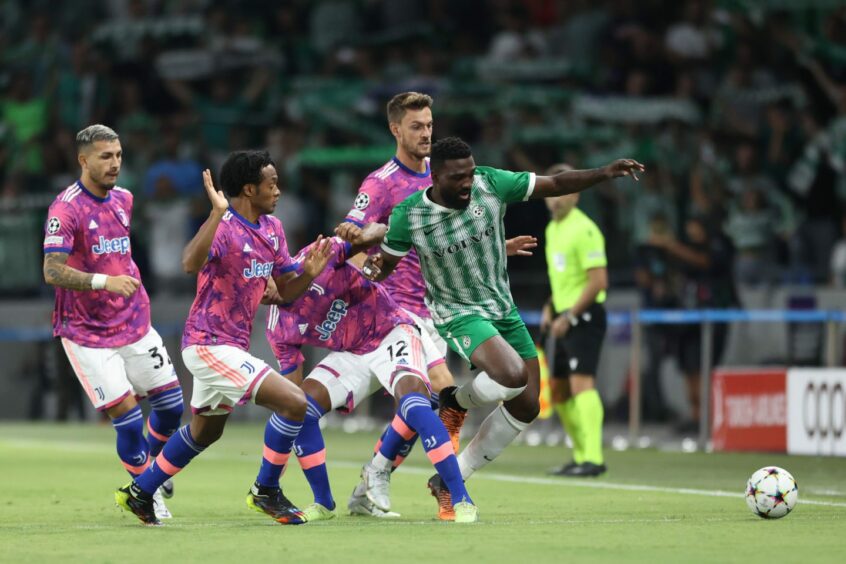
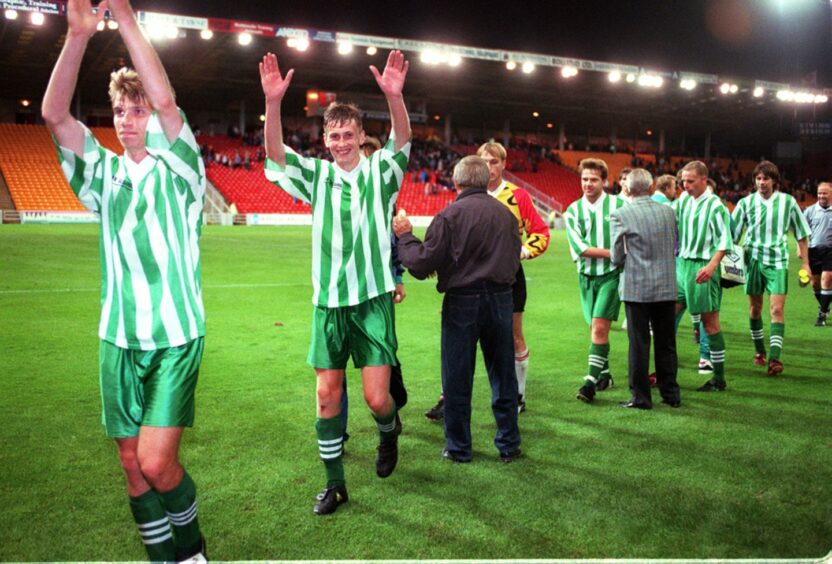
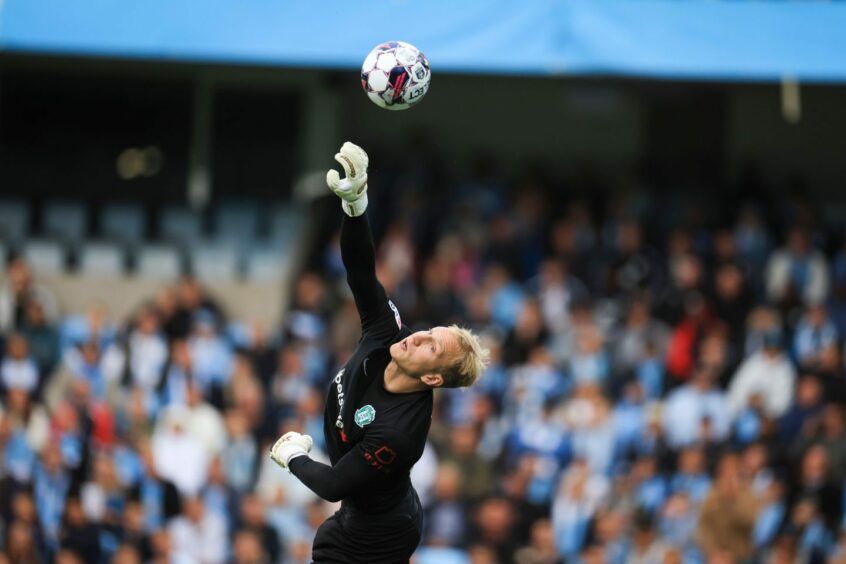
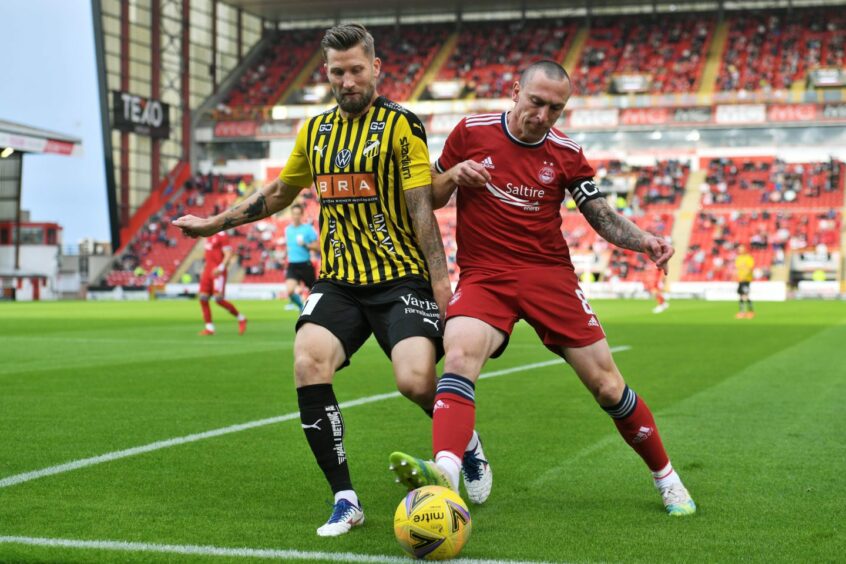
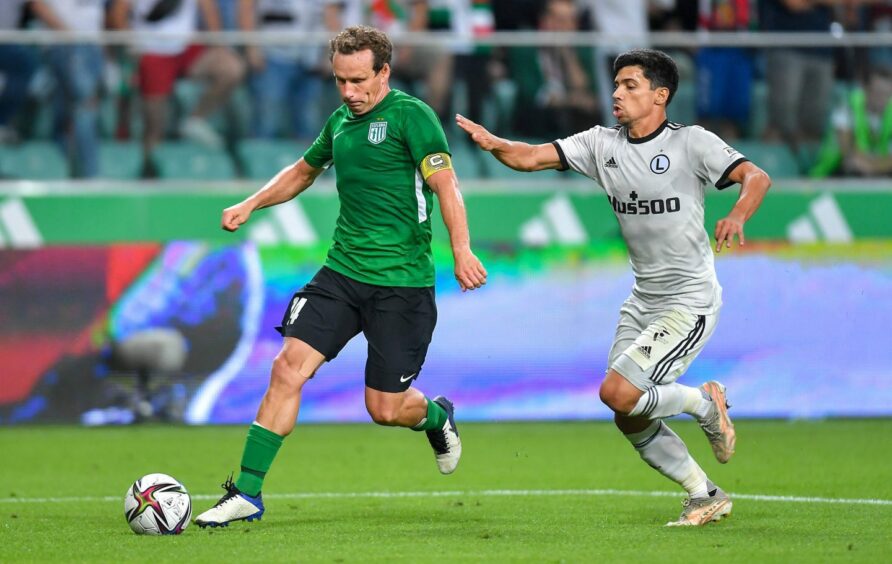

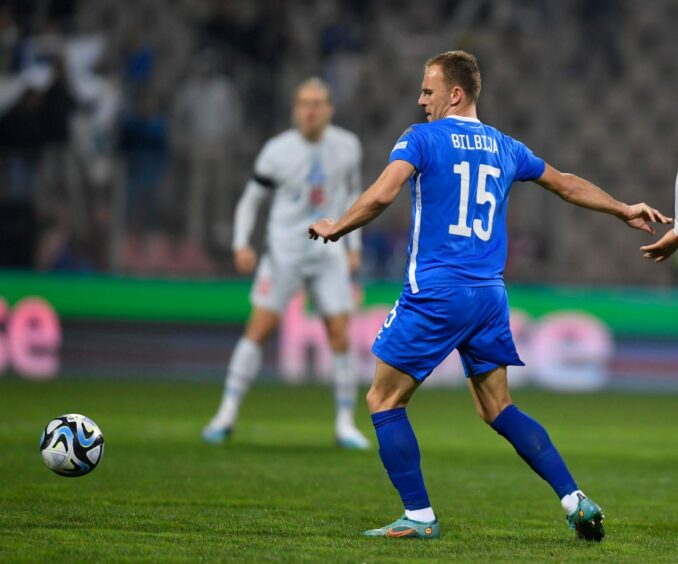
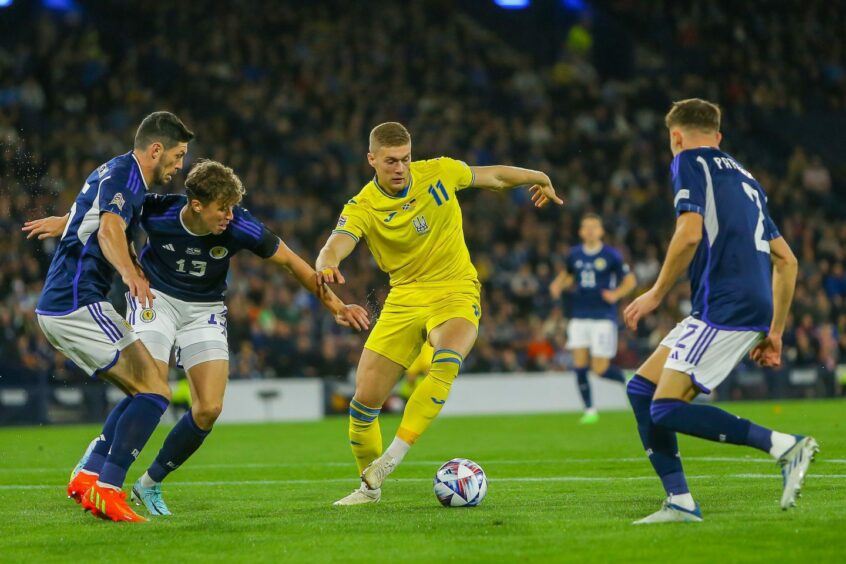
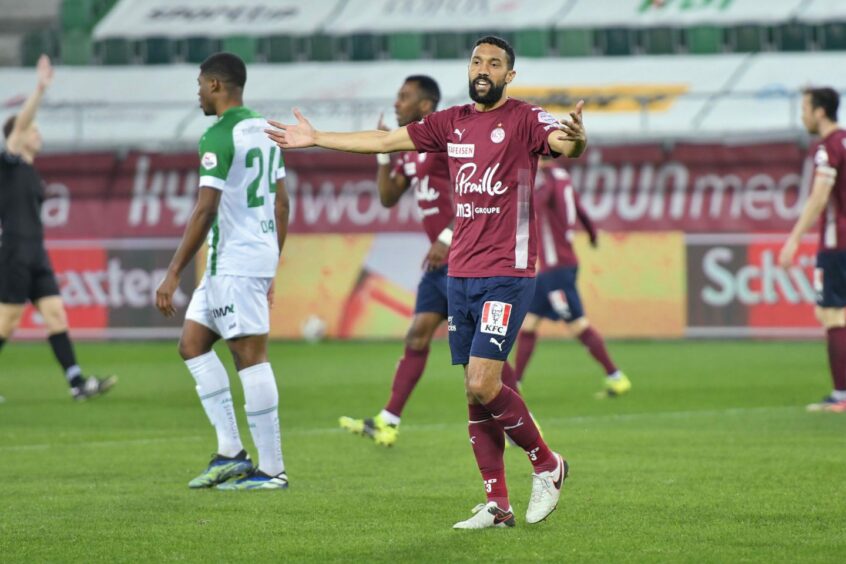
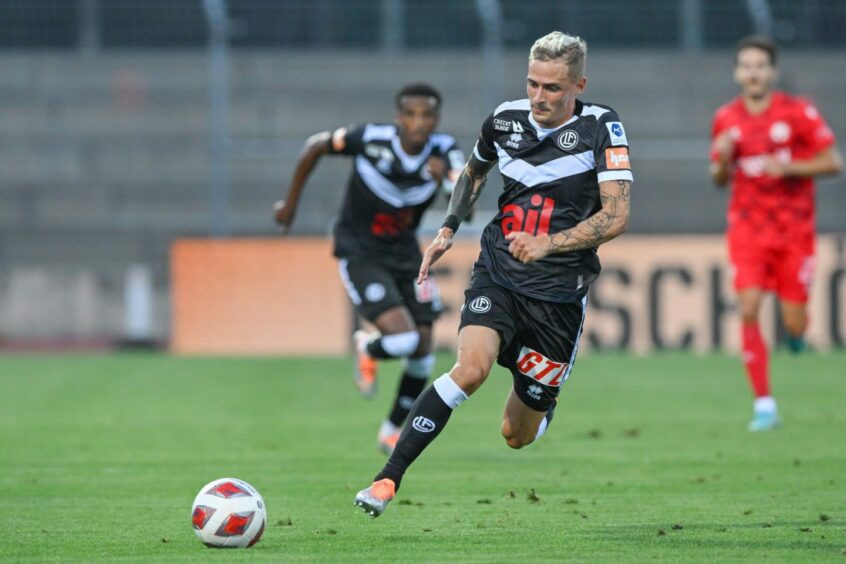
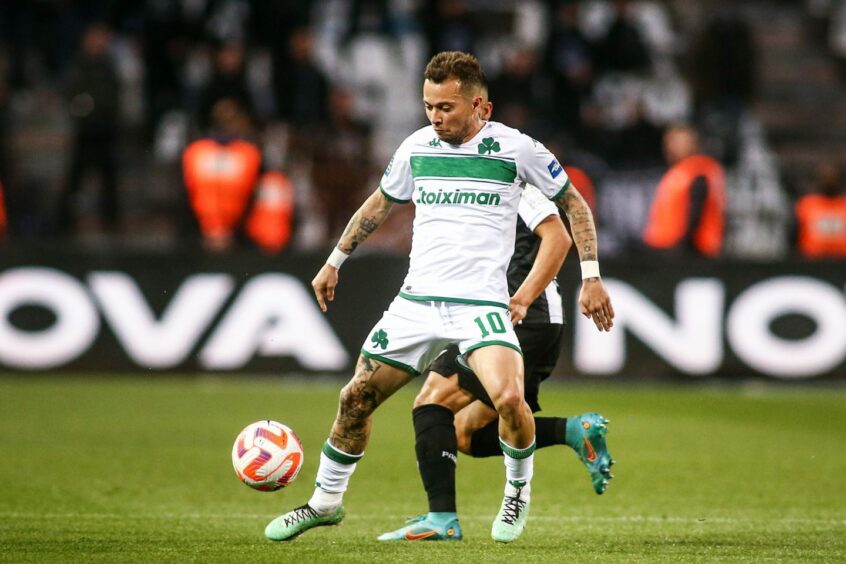
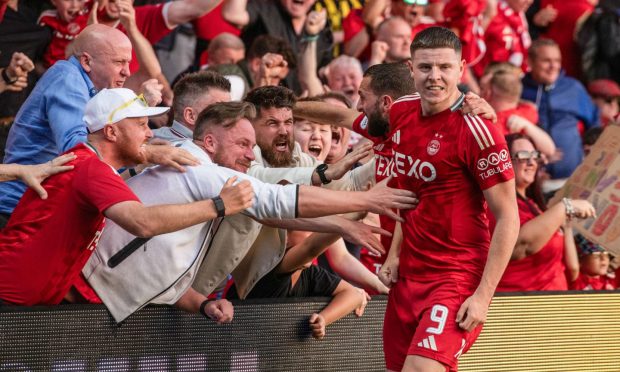
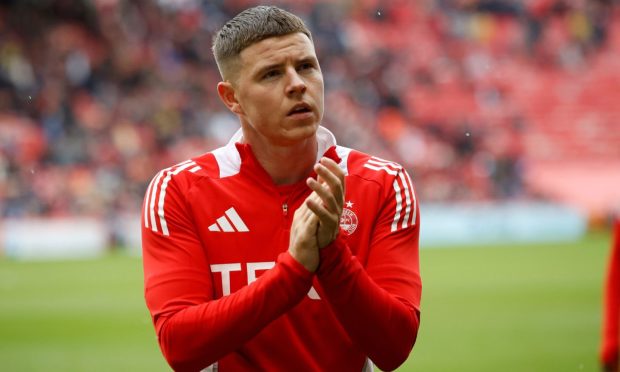
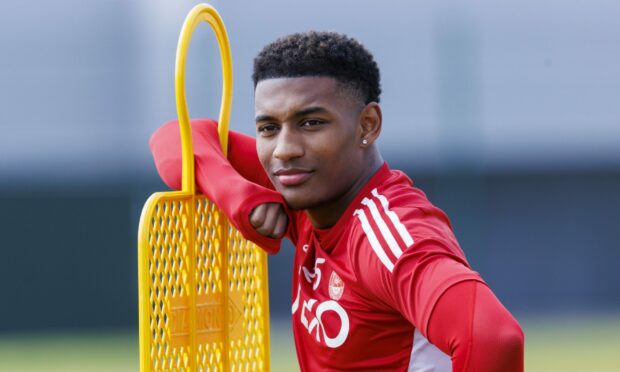

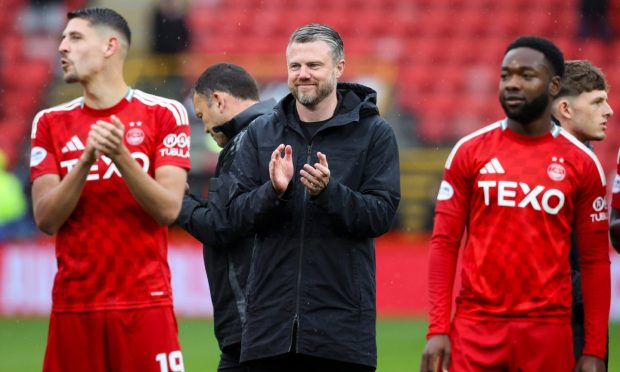
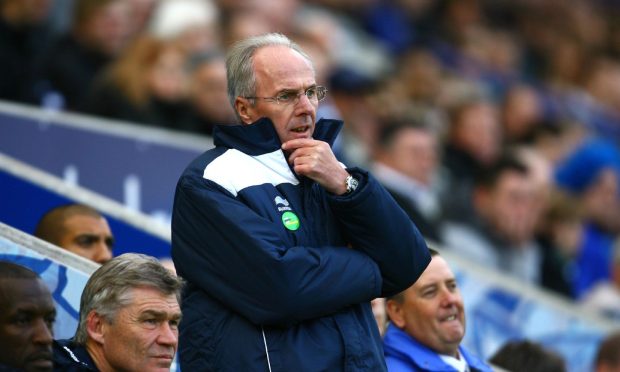
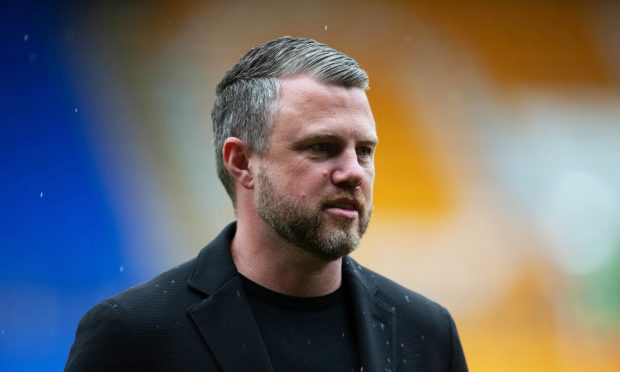
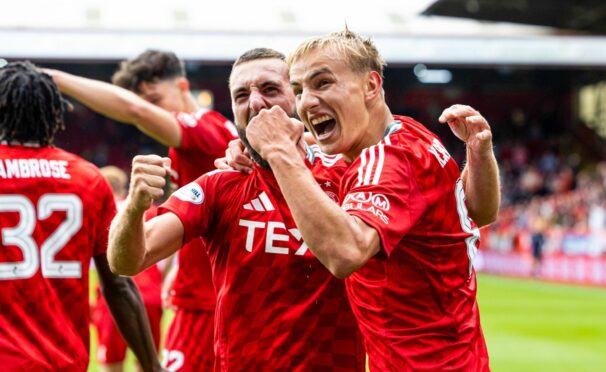

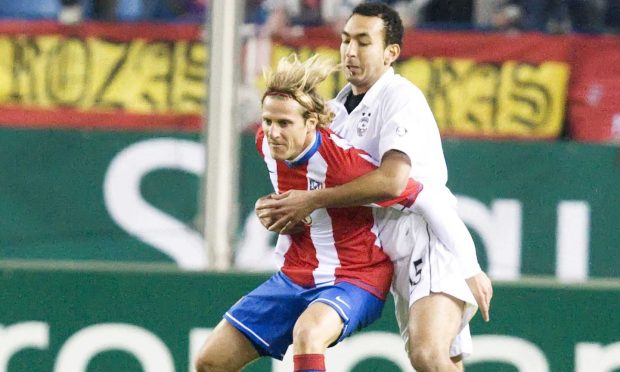
Conversation